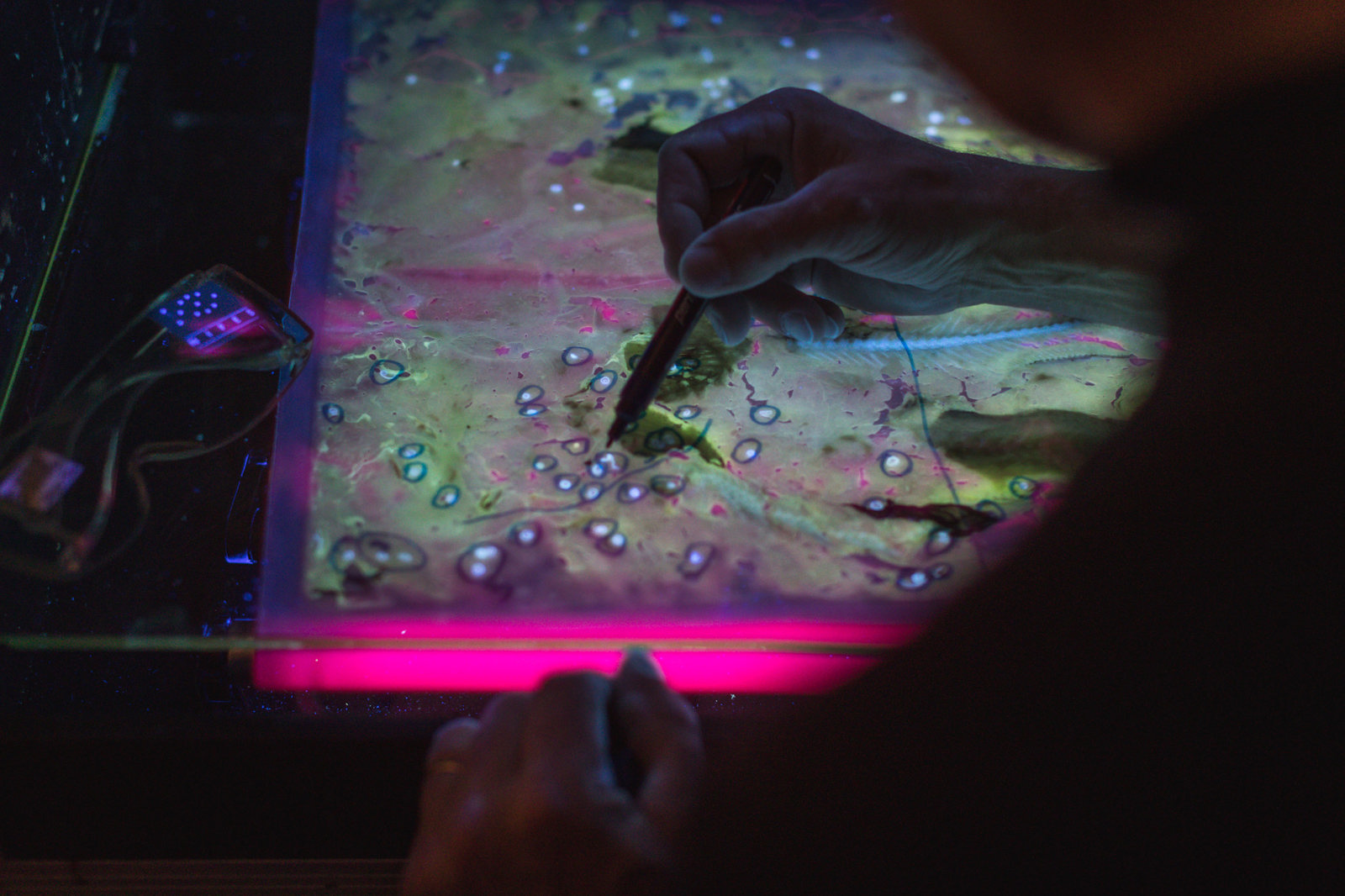
Tuning in to the sounds of the sea
KONGSBERG is strengthening its long-standing relationship with Norway’s Institute of Marine Research by becoming a major partner in the new CRIMAC centre – bringing industry and science together to improve the monitoring of marine ecosystems and develop state-of-the-art tools to expand the boundaries of knowledge and innovation.
-
Text:Marketing & Communication Department
Photo:@ Havforskningsinstituttet
-
Gunvor Hatling MidtbøVice President, Communications
The world’s oceans are one of our most precious resources and the challenge of using them sustainably lies at the heart of their future protection. Expanding our knowledge of changing marine ecosystems and building a more precise picture of life beneath the waves can play a vital part in shaping the decisions we make about how we manage and preserve our seas.
Continuing its long-standing relationship with the Institute of Marine Research (IMR) in Bergen, Norway, Kongsberg Maritime is a significant partner in the new CRIMAC centre, which is hosted by the institute.
CRIMAC stands for the Center for Research-based Innovation in Marine Acoustic Abundance Estimation and Backscatter Classification. It will provide a platform where industry and research can collaborate to develop state-of-the-art methods for better management of our oceans through improved ecosystem monitoring. By applying this expertise to solutions for commercial fisheries, energy and aquaculture, the team will push forward the frontiers of acoustic technology and advance the world’s knowledge of our oceans.
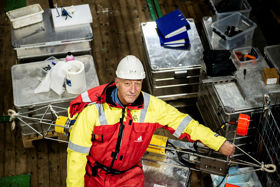
“This will give us the opportunity to investigate the ecosystem in much more detail.” Egil Ona, Centre Leader at CRIMAC
Research Professor Egil Ona, Centre Leader at CRIMAC, says: “Acoustics form the basis for much of our understanding of the marine ecosystem. A modern fishery without acoustic tools for detection, inspection and monitoring of the seabed, fish schools and the capture process itself is today unthinkable.
“With newly developed technology, research and fishing vessels can now not only observe the echo strength and density of fish and other organisms under the vessel, but also observe the entire echo spectrum from the organisms.”
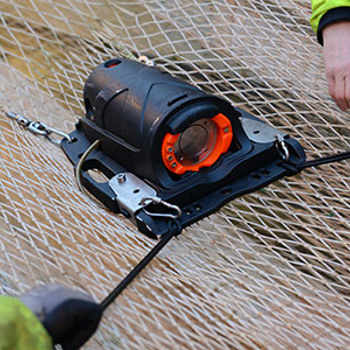
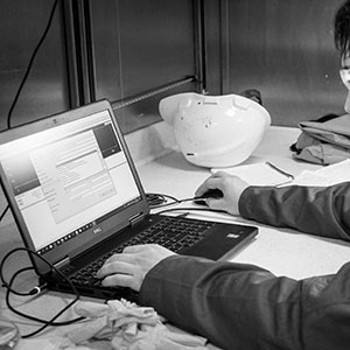
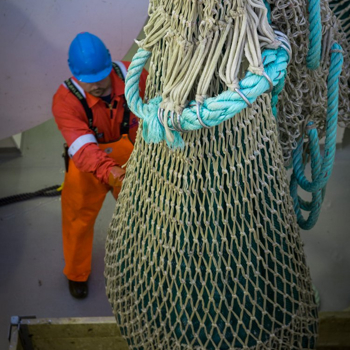
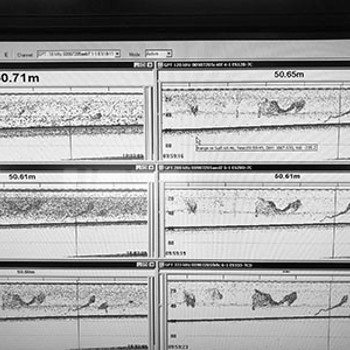
However, the recent introduction of commercially-available scientific broadband echo sounders has been a game-changer for the researchers – and the fishing industry. Compared with traditional sonar, the broadband system produces at least 100 times as much data, making it an invaluable tool for gathering large amounts of high-quality information.
CRIMAC’s research will use this technology to create next-generation acoustic tools which not only reveal the size of a school of fish, but also information about the species and the length of the individual animals. Each species has its own ‘acoustic dialect’ – the precise echo pattern it produces – and by identifying these signatures, researchers can compile a library of data which can then be drawn on by fishing boat skippers and scientists.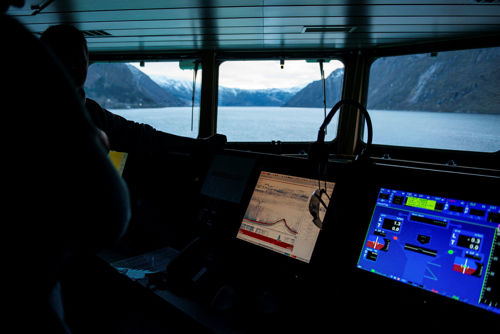
FROM PLANKTON TO PREDATORS
The implications of this increased understanding of what is in our oceans are hugely significant. Improved identification of fish can lead to more efficient and responsible fishing by preventing unwanted bycatch. The information from the echo sounders will provide vital data to fish farms about fish behaviour, helping to improve animal welfare and optimise production. The precise monitoring will also enable the measurement of the changing underwater ecosystems and provide data on the abundance and distribution of key undersea species, from plankton to top predators.
“We have worked with this wideband technology for 11 years now so we’ve already made the errors we might have made if this was the first year of the project,” says Egil. “We have everything available and now we want to start learning about what kind of improvements this technique can give.
“We want to start studying what kind of spectrum we get from different organisms in the ocean to teach ourselves how jellyfish, for example, will reflect in the frequency domain. We are going to learn and put this in the collective memory.
“If the scientists have a better tool to have better knowledge on the ecosystem and its components then we can give better advice to the fishery. Each fishing vessel has a quota and a permit for what they can fish, so bycatch is a big problem in some places. This system can help the fisherman do a better job with his quota.”
“We want to start learning about what improvements this technique can give.”
It’s not only the advances in sonar technology which will be utilised by the team at CRIMAC, but also improvements in machine learning. Principal scientist Nils Olav Handegard will work on the data processing algorithms to make sense of the new information gathered by researchers. He says: “We’re able to increase the way we’re sampling the data by many orders of magnitude, so then the question is, ‘What kind of information can we tease out of this?’.
“Obviously there’s the information we’re currently getting, from the fish stocks, but perhaps we can now do that more cost effectively. Researchers are also looking into this data to see what they might have overlooked and what more they can get. They would like to see what else is in there.”
As well as collecting data on marine life, the technology could be used to identify gas releases on the ocean floor. The Norwegian government’s North Light project is currently exploring the possibility of undersea CO2 storage. Monitoring such storage sites by the use of wideband echo sounders has already proven to be successful in projects such as ACT4storage, headed by the Norwegian Geotechnical Institute, and the new techniques developed in CRIMAC will further improve the tools for solving such tasks.
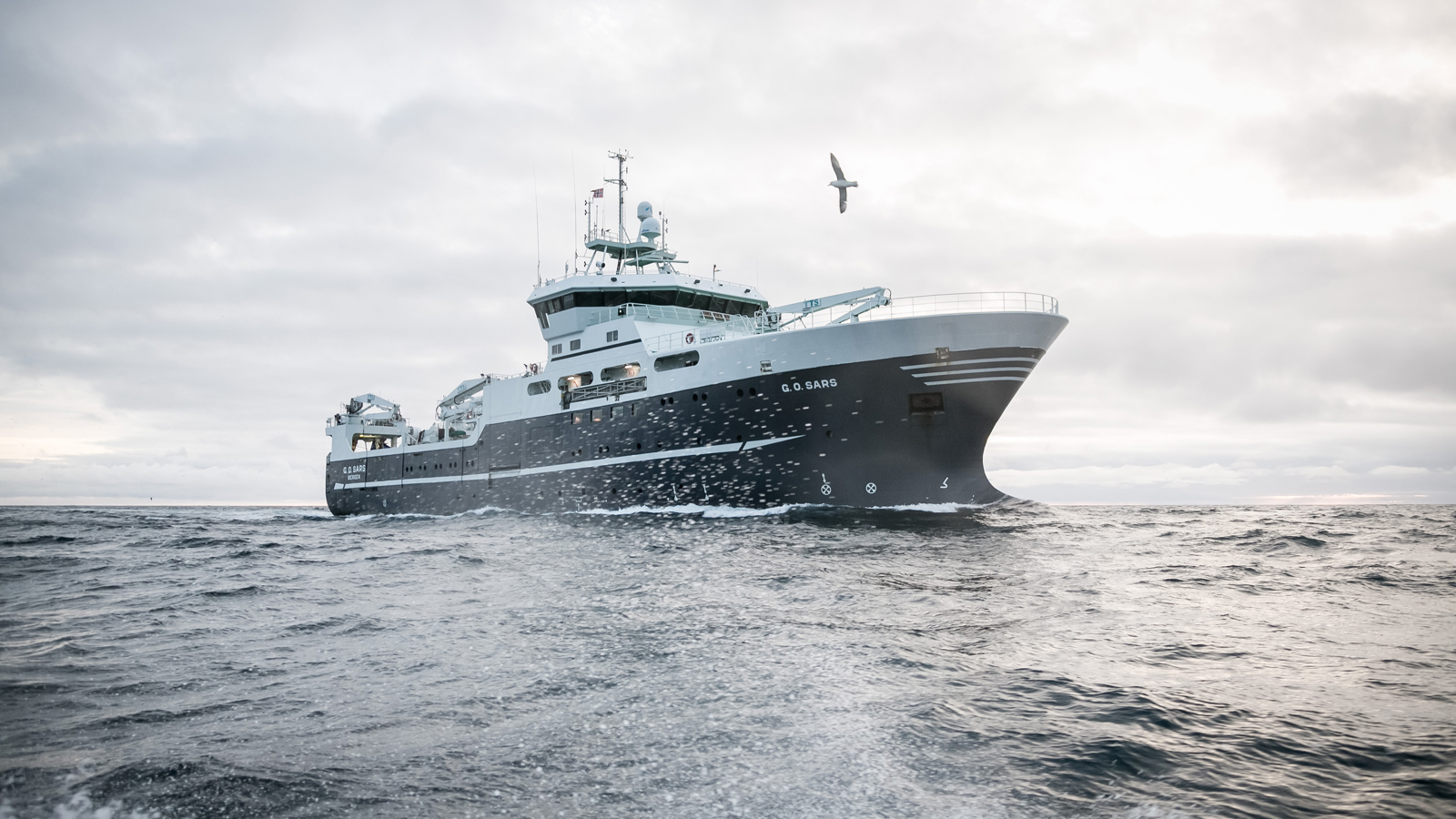
Research Vessel G.O. Sars
The data used in the project will be gathered using a combination of long-range observations from vessels and short-range inspections from probes and drones fitted with miniaturised broadband echosounders. CRIMAC will study how the surface and underwater drones can improve scientific surveys and also be used in active fisheries.
To accurately verify the acoustic recordings, the researchers will use the Scantrol DeepVision – a fish ‘photobooth’ inside the trawl – which is equipped with active selection and open/close systems. This will enable the team to take specific samples and improve their observations.
The research vessel G.O. Sars put to sea in mid-November to begin collecting information. Gathering high-quality data will be vital to the project’s success and the ship as well an unmanned surface drone were equipped with state-of-the-art wideband echosounders. Technology for efficient communication between the deployed drone and the vessel was tested and well received during the research cruise.
“We’re going to two specific areas where we know that there’s around four million tonnes of herring,” says Egil. “We’re going to train this system and collect data for the library of experience.”
TRACKING A CHANGING WORLD
The investment in CRIMAC as a long-term project provides the time and resources to complete in-depth analyses which are expected to lead to the publication of pioneering research and the development of new products.
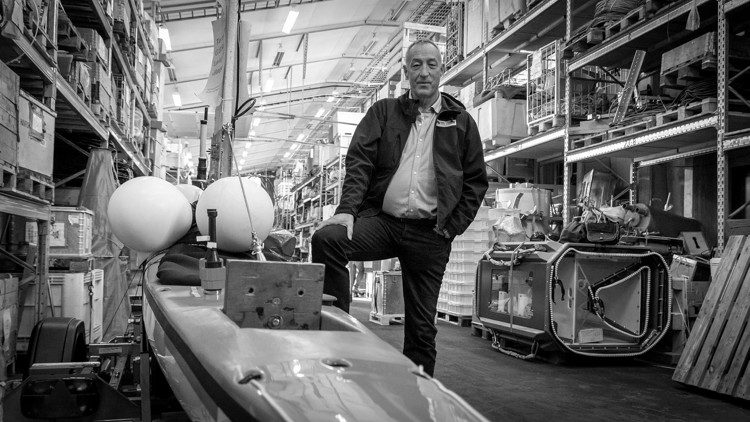
You can look into small details and go into extra subjects which even weren’t in the original application. It may also be a platform for new exciting projects!
“This will give us the opportunity to investigate the ecosystem in much more detail. Ecosystems change – it happened around 20 years ago in the North Sea. Maybe in another 20 years it will cool down and the North Sea will come back into better production. Those rapid changes and signals, we have to capture them with our new system.
“With the continuous monitoring we have in many places, we can monitor timescales much more accurately than before. It’s like meteorology. You have a model, you supply it with good data and then you can understand if a big storm is coming and you can prepare.”
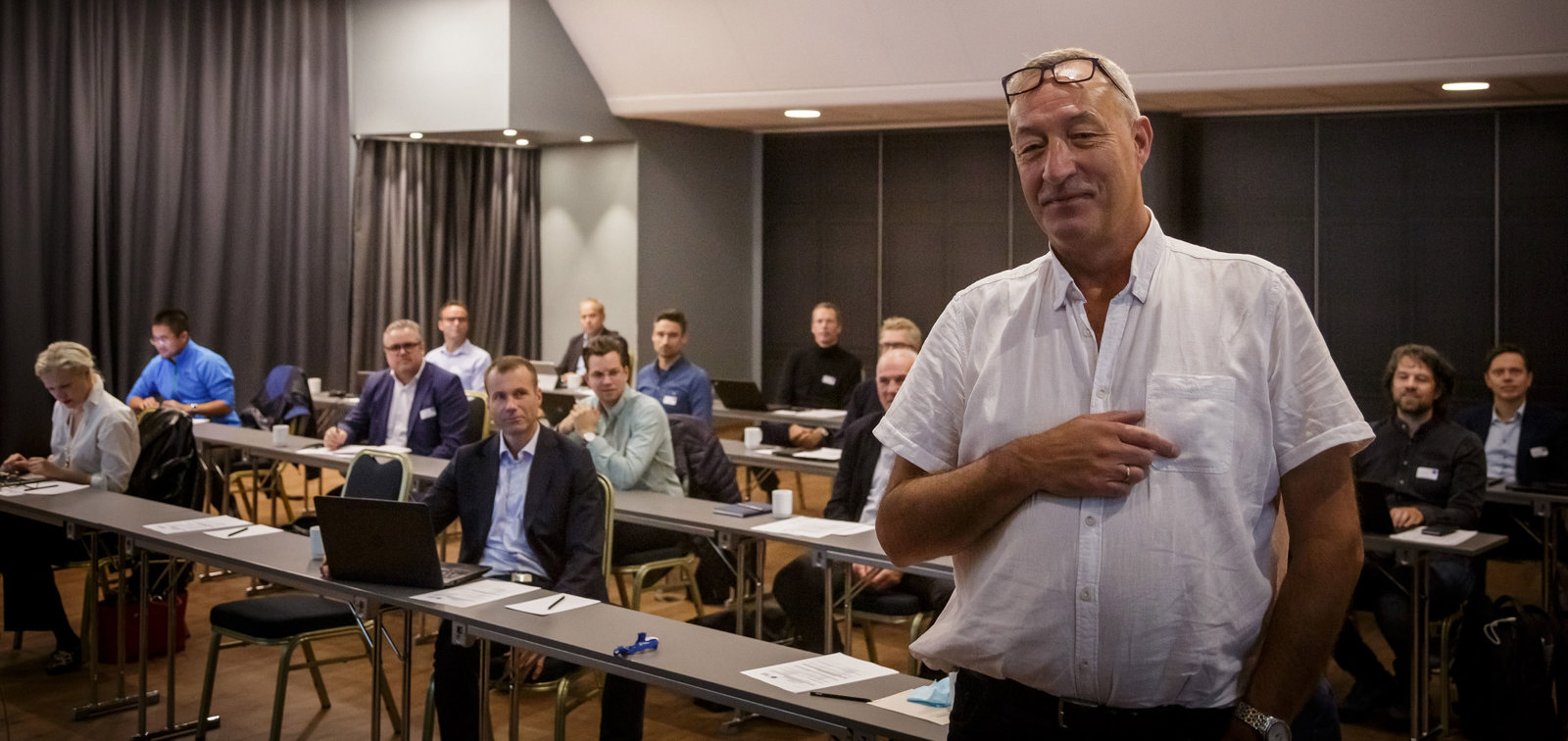
A shared history of innovation
Simrad was at the forefront of the evolution of the industry and introduced the first commercial ASDIC fish-finding sonar in 1953. In 1969, it provided the echo sounders for the newly built G.O. Sars, the same ship which will gather data for CRIMAC. The research vessel was also fitted with the very first computer made in Norway thanks to a funding allowance provided by the country’s King Olav V.
Over the following decades, Simrad continued to push the boundaries and deliver new innovations, including improvements in the broadband sonar which will be used by CRIMAC. Simrad was acquired by Kongsberg in 1996 and during the 2000s, the focus of the work with IMR has expanded from measuring a few commercially available fish stocks to studying the full marine ecosystem.
Today Simrad by Kongsberg is a brand fully owned by Kongsberg Maritime. The advanced technology in the Simrad sonars has transformed how we assess marine ecosystems and the world of fishing itself. With the constant development of sonars, echo sounders and catch monitoring instruments, they continue to forge an unprecedented path.
Watch how a Simrad sonar works on this link.